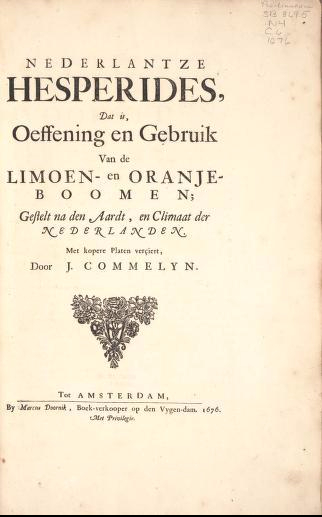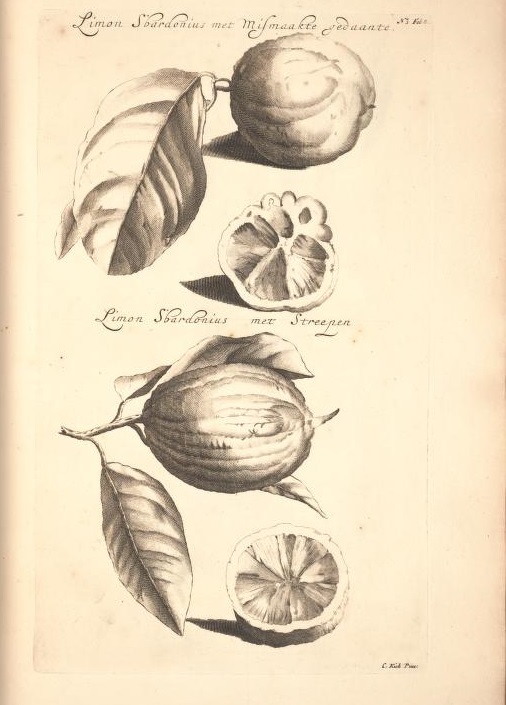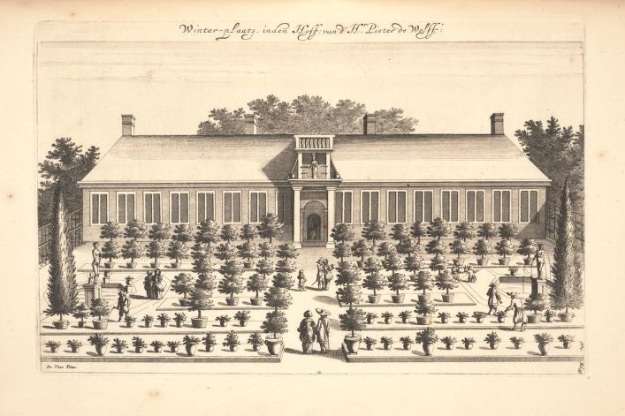
The beginning of February is the height of the season for citrus fruits. My favourite of these is the blood orange and part of the attraction as well as the taste is the paper that some of these fruits are wrapped in. Typically a box of oranges will contain a few wrapped fruit, adding to the overall attractiveness of the container. The wrapping also turns an orange into a small gift.
I’m heartened to see that Pinterest has many collectors of these vernacular advertising artworks. Mark Denton Esq has some particularly beautiful examples and I include a link to these at the end of this post. The papers in my own collection are mostly from Sicily which is a traditional centre for cultivation of the blood orange and are often (but not always) red like the flesh of the fruit they enclose. The central image is always circular so when wrapped around the fruit the roundness of the orange is emphasised.
The first design shows a luscious looking orange, against a golden sunburst design – suggesting the rays that ripened the fruit or maybe the burst of flavour experienced from the first mouthful of the orange itself. Other designs include an antelope, a red heart set in a golden sunburst and a red rose. Agri Etna’s wrapper shows a view of the great volcano with images of strawberries and prickly pear fruits – presumably also produced by these growers.
The red tinged flesh of the blood orange is caused by the presence of anthocyanin which is an anti-oxidant found in many fruits, but unusual in the orange family. The red colour develops when the fruits are exposed to low night temperatures. I wonder if this might explain why some of the fruits are unevenly coloured inside – perhaps the side of the fruit most exposed to cold on the tree develops a deeper coloured flesh?
In the UK most of our blood oranges are from Valencia or Sicily, but they are also widely grown in California. These are not always the largest or sweetest oranges – but have a pleasing intensity to their flavour. When we stayed in Venice a few years ago the hotel served blood orange juice for breakfast that was dark – almost beetroot coloured. This juice may well have been from the Moro blood orange – a relatively new variety with the deepest colour and a sharp taste.
Not always the easiest fruit to find in supermarkets, our local Turkish grocer is currently selling three for a pound. Bargain!











(See also Mark’s potato sack collection!)





















